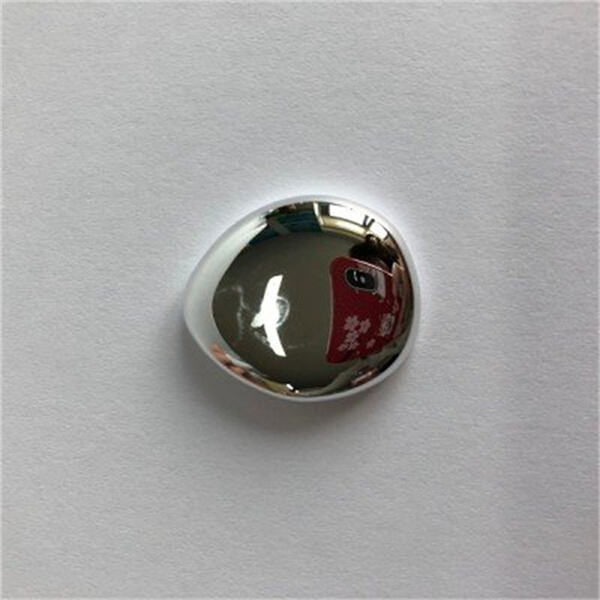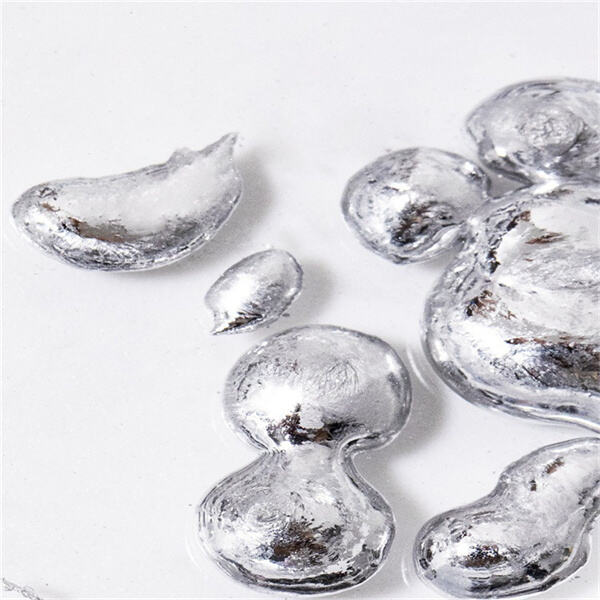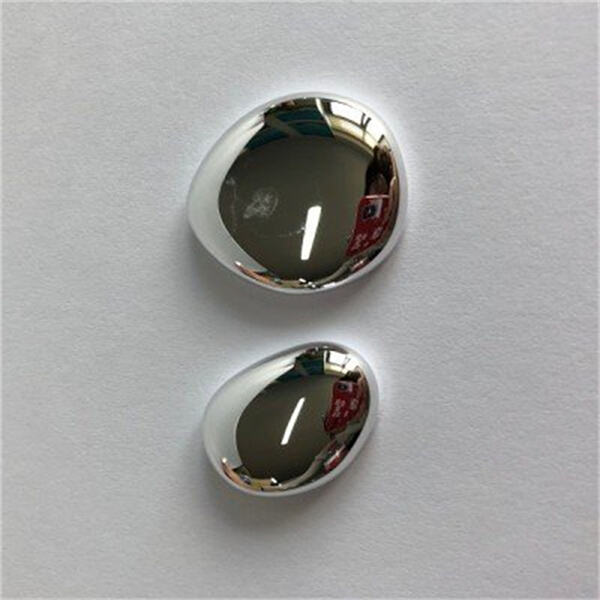Indium alloy is a unique metal with many intriguing characteristics. It helps make electronics work better. So, let’s study all the cool things about indium!
Indium alloy is a soft, shapeable metal. It can be molded into various shapes and sizes, so it’s suitable for so many purposes. One of the reasons that indium alloy is so popular is that it melts at relatively low temperatures. That means it can be easily melted and combined with other metals to create new alloys.
Indium alloy is widely used in electronics because it has special characteristics. It is a good conductor of electricity, allowing devices to work faster and more efficiently. Indium alloy can be used in products such as computer chips, touchscreens and solar panels. Man, without indium metal half our gadgets wouldn’t be as cool!

Soldering: Soldering is a technique used for joining metal parts. Chat Recommended to us based on your location Materials Indium alloy is fantastic for soldering as the metal readily melts and has very good malleability. This makes it easy to manipulate and provides strong joints. Indium alloy solder also helps drive heat away rapidly, critical in electronics to prevent overheating.

Indium alloy is used to produce special alloys with low melting temperatures. Engineers can produce materials with particular properties by blending indium alloy with other metals. For instance, blend indium with tin, and you get a solder that’s a perfect fit for delicate electronic parts. Lead alloy is also applied to form fusible alloys that melt at low temperatures and are employ in some safety devices.

Indium alloy is now also famous for its property of transferring heat well, which is ideal in the development of solutions which require good heat transfer. Engineers use indium alloy in heat sinks and other materials to ensure that heat spreads evenly, and that it is dissipated quickly. This prevents sensitive components from overheating or getting damaged. Indium alloy is also used in seals and gaskets that can withstand high temperatures and pressures, a crucial property in aerospace and vehicle applications.